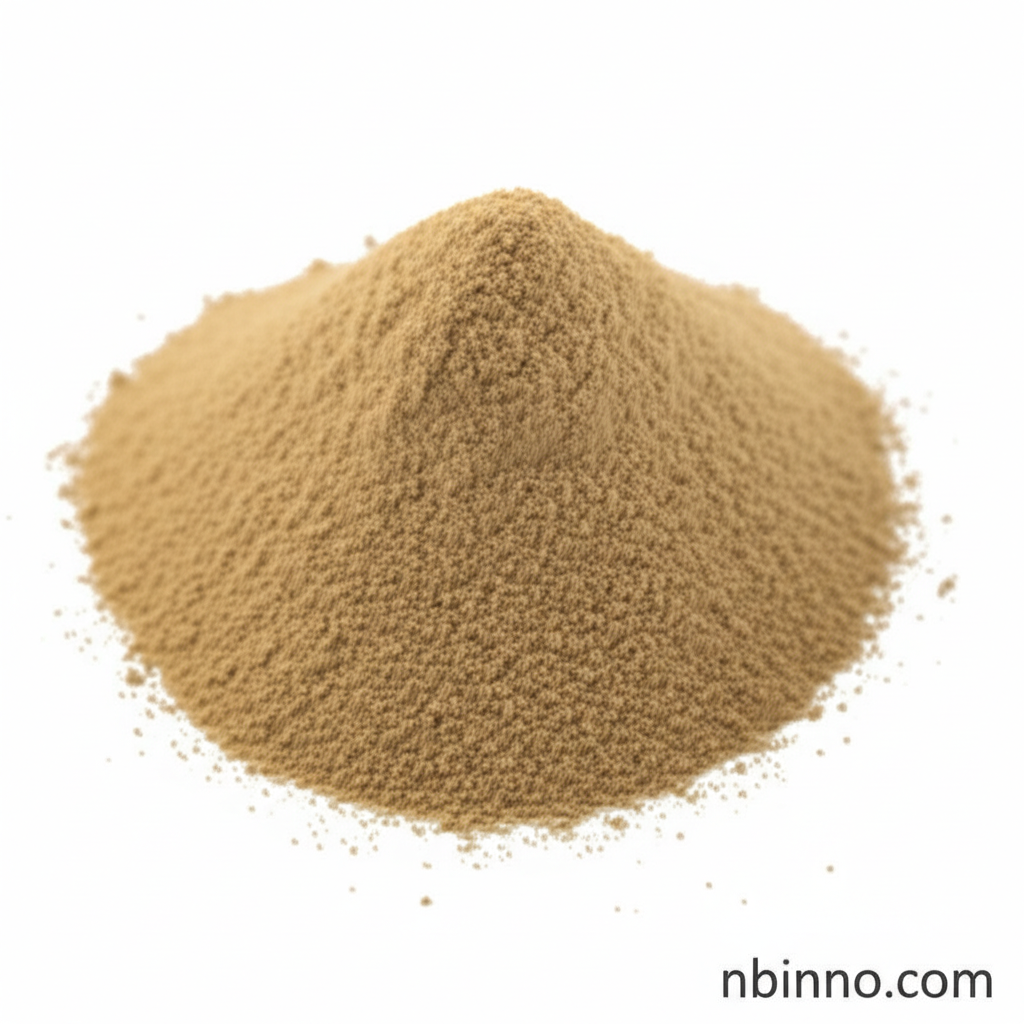High-Purity 1-Pyrenylboronic Acid: An Essential Intermediate for Advanced OLED Materials
Unlock the next generation of display technology with our premium 1-Pyrenylboronic acid.
Get a Quote & SampleProduct Core Value

1-Pyrenylboronic acid
1-Pyrenylboronic acid is a critical chemical intermediate renowned for its role in the synthesis of advanced organic light-emitting diode (OLED) materials. Its high purity level, consistently exceeding 99.0%, ensures optimal performance and reliability in complex optoelectronic applications.
- Discover the advantages of using high purity pyreneboronic acid for your OLED synthesis projects.
- Explore the diverse applications of boronic acid for OLED synthesis, driven by its unique chemical structure.
- Learn why reliable CAS 164461-18-1 chemical intermediates are vital for cutting-edge display technologies.
- Understand the importance of sourcing Pyren-1-ylboronic acid for achieving superior performance in electronic devices.
Product Advantages
Exceptional Purity
Achieve superior device performance with our 1-pyrenylboronic acid, ensuring a ≥99.0% assay for reliable OLED material formulation.
OLED Synthesis Efficiency
Leverage this key boronic acid for OLED synthesis to streamline your production process and enhance material properties.
Chemical Stability
Benefit from the stable physical and chemical properties of this CAS 164461-18-1 chemical, crucial for consistent manufacturing outcomes.
Key Applications
OLED Material Precursor
As a vital 1-pyrenylboronic acid OLED intermediate, it serves as a fundamental building block for creating efficient and durable light-emitting materials used in modern displays.
Organic Synthesis Reagent
Utilize this high purity pyreneboronic acid in various organic synthesis reactions, particularly where pyrene moieties are desired for their electronic or photophysical properties.
Advanced Electronic Components
The unique structure of Pyren-1-ylboronic acid makes it valuable for developing next-generation electronic components beyond standard OLEDs.
Research and Development
Researchers in material science and chemistry rely on dependable CAS 164461-18-1 chemical for exploring new functionalities and applications in optoelectronics.
